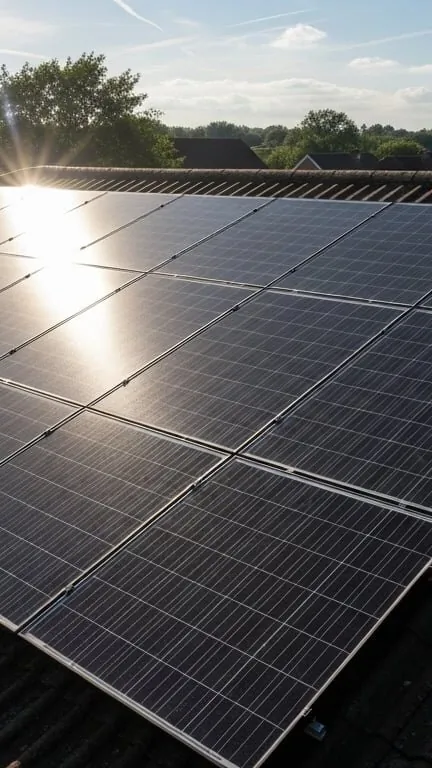
Solar Energy Blog
Expert insights, industry updates, and practical advice for your solar journey. Stay informed with the latest developments in solar technology and energy efficiency.
92 articles found • Page 1 of 11 • Showing 1-9 of 92

How Our New Website Helps Reduce Carbon Emissions: A Digital Sustainability Story
Discover how CRG Direct's upgraded website leverages Google Cloud Run and Next.js 15 to minimize carbon footprint while delivering lightning-fast performance.

Data Centers vs. Clean Energy: The 44 GW Challenge Driving Renewable Innovation
The digital revolution is creating unprecedented energy demands, with data centers requiring an additional 44 GW by 2030. Discover how this massive challenge is accelerating renewable energy innovation and reshaping the global energy landscape.

The Energy Storage Revolution: Why Battery Systems Are Growing 26.8% Annually in 2025
Energy storage is transforming from a niche technology into the backbone of clean energy. Discover how battery systems are achieving 26.8% annual growth and making 24/7 renewable power possible.

Floating Solar Farms: The 23% Growth Story Solving Land Scarcity and Water Conservation
Floating solar farms are revolutionizing renewable energy with 23% annual growth, solving land scarcity while reducing water evaporation by 70%. Discover how floatovoltaics are reshaping solar deployment.

Green Hydrogen's Industrial Breakthrough: Sweden's Stegra Plant and the Dawn of Zero-Emission Steel
Sweden's Stegra plant is pioneering zero-emission steel production with a $7 billion investment in green hydrogen technology. Discover how this revolutionary process is transforming heavy industry.

Solar Technology Breakthroughs: From 28.6% Perovskite Cells to Building-Integrated Photovoltaics
Revolutionary solar technologies are reshaping the industry, from perovskite cells achieving 28.6% efficiency to building-integrated photovoltaics transforming every surface into a potential power generator.

Save $2,000+ Annually: Why A+++ Rated Split Air Conditioners and Heat Pumps Are the Smart Money Move in 2025
Discover how A+++ rated split air conditioners and heat pumps can save you $2,000+ annually with 30% federal tax credits. Learn why these high-efficiency systems pay for themselves in under 3 years.

UK Corporations Are Saving £50M+ Annually: The Corporate Renewable Energy Revolution Transforming Business Economics
Discover how UK corporations are achieving 8-15% annual returns through renewable energy systems while meeting net-zero mandates and future-proofing operations in the post-Brexit energy landscape.

Smart UK Landlords Are Banking £15,000+ Per Property: The Energy Efficiency Revolution Transforming Rental ROI
Discover how UK landlords are turning energy efficiency into a profit centre, banking £10,000-25,000 per property while meeting EPC C requirements and attracting premium tenants.
←Swipe to navigate pages→
